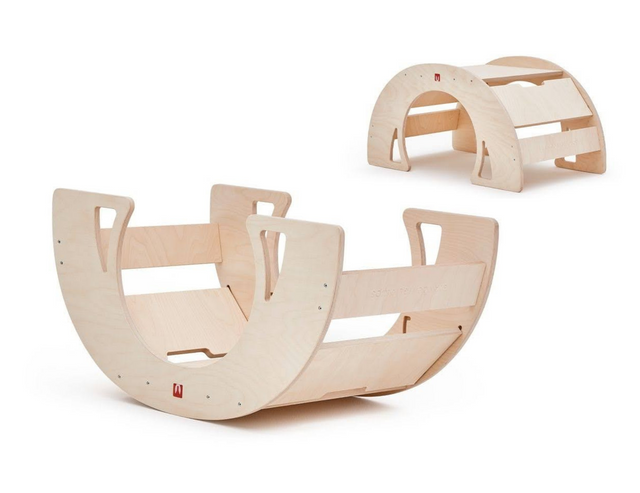The science of the seasons: Explaining changes such as different hours of daylight during winter and summer
What are seasons?
Seasons are periods of the year characterised by certain types of weather and conditions. There are usually four seasons: spring, summer, autumn and winter. These seasons are mainly caused by the Earth's position relative to the Sun.
Changes in orbits and axes
Why do we have seasons? It all starts with the movement of the Earth. The Earth revolves around the Sun in a path called an orbit. In addition, the Earth's axis is tilted with respect to its orbital path. This tilt is what causes seasonal changes. When the Earth's axis is tilted towards the Sun, the area hit by direct sunlight experiences summer, while the area tilted away from the Sun experiences winter.
Summer and winter
During summer, the Earth's North Pole is tilted towards the Sun. This means it receives more direct sunlight, so we have longer days and warmer temperatures. Conversely, the South Pole is tilted away from the Sun, so it gets less direct sunlight and experiences winter, with shorter days and colder temperatures.
Spring and autumn
In spring and autumn, the Earth is in an intermediate position between summer and winter. During these seasons, neither the North nor the South Pole are tilted directly towards the Sun, which means that temperatures become milder and the hours of light and darkness are approximately equal. These are the times when the seasons gradually change.
Exploring the differences between the seasons
To help children better understand seasonal changes, you can organise hands-on, exploratory activities. For example, you can collect leaves during autumn and observe how the colours change, or create a 'calendar of the seasons' with representative pictures of each.
The importance of the science of seasons
Understanding the science of seasons is not only fascinating, it can also help children connect with nature and the world around them. It can explain why we wear different clothes in winter than in summer and how life on Earth adapts to seasonal changes.
In conclusion, the science of seasons is a fascinating topic that can inspire curiosity and understanding in children. When children learn to observe and appreciate seasonal changes, they develop a deeper connection to our planet and the science behind it all.
We hope this article has shed some light on the mysteries of the seasons and stimulated your curiosity about this fascinating topic. Continue exploring and discovering the wonderful world of the science of the seasons with your children!





































